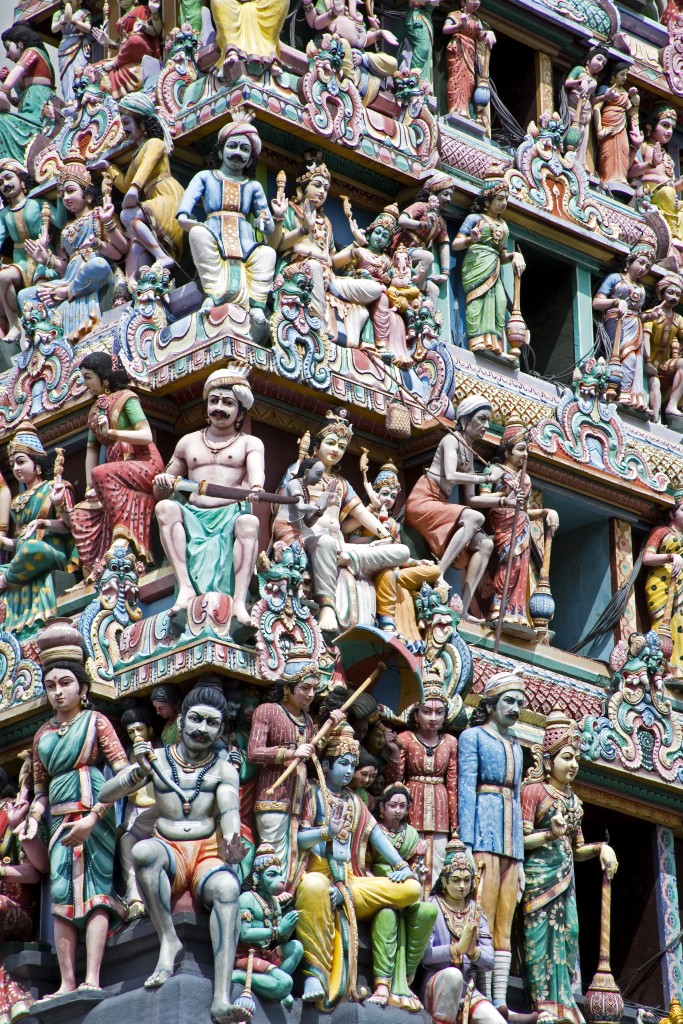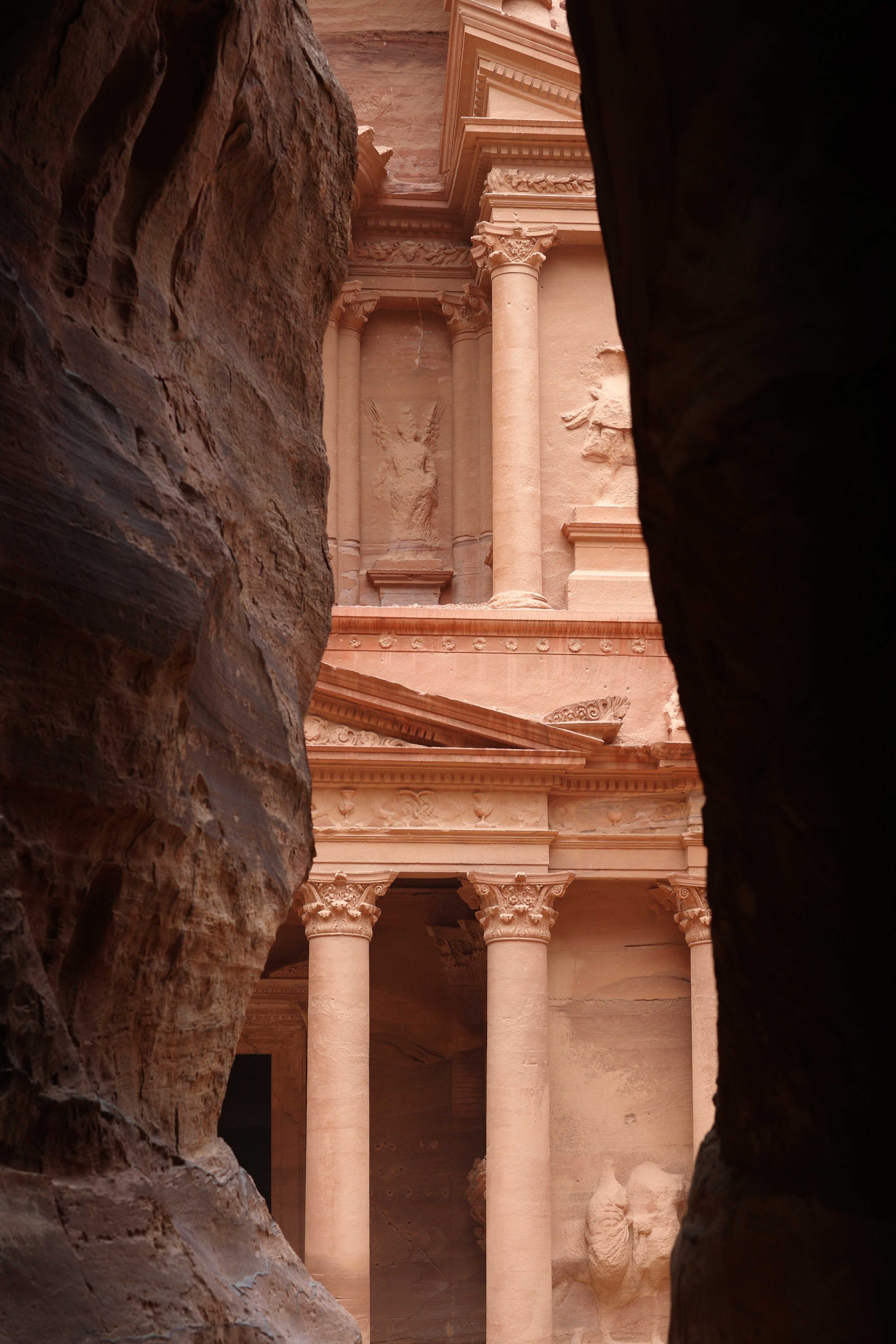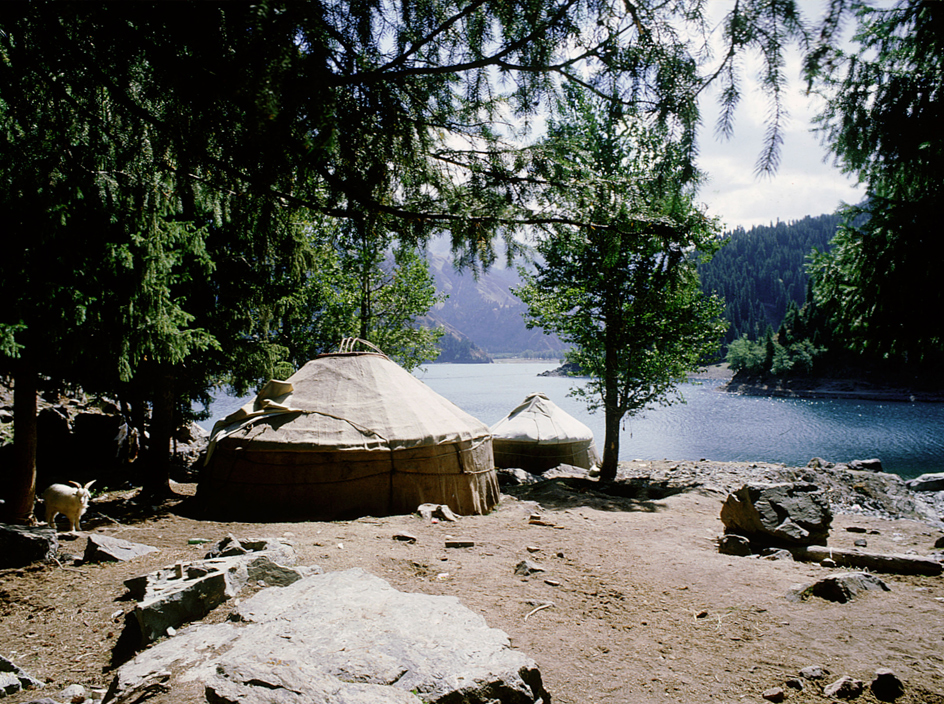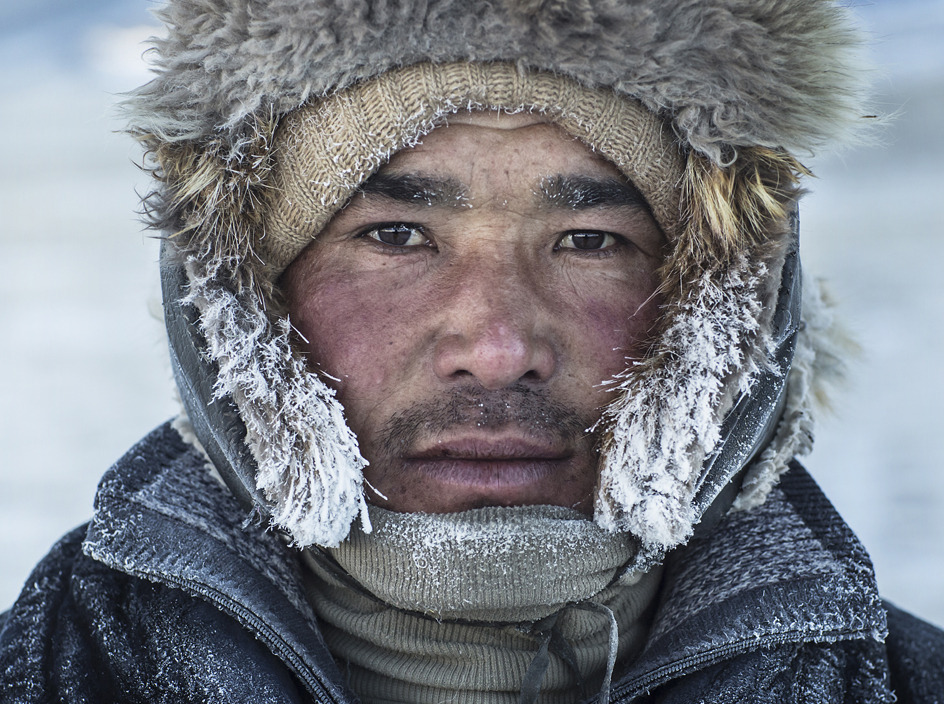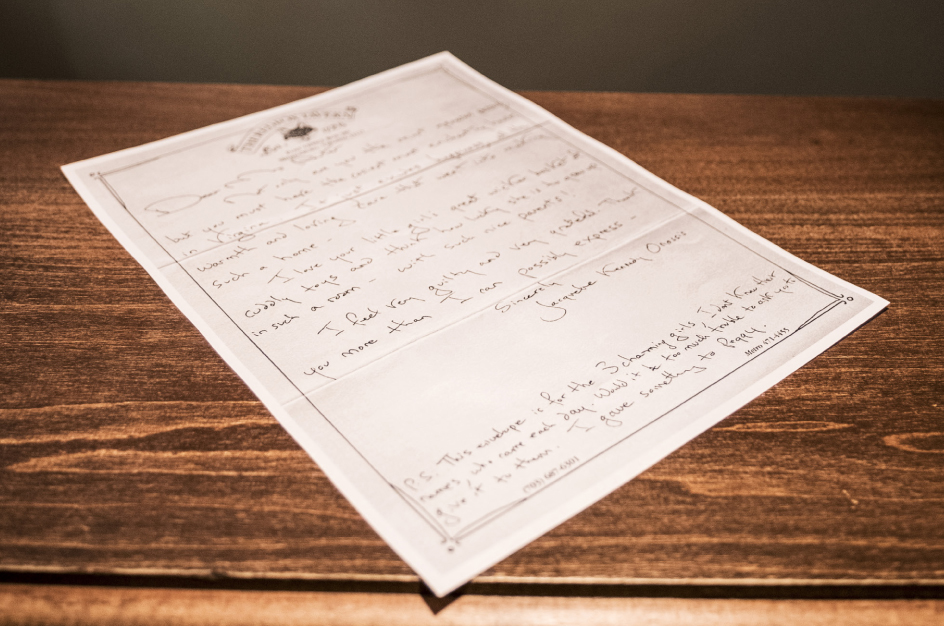On 12 September 1965, shortly after Singapore had been cast out of the recently formed Malaysian federation, and had declared its independence, the fledgling nation’s prime minister Lee Kuan Yew stood before a crowd of supporters and declared, “We made this country. From nothing! From mudflats! Ten years from now, [Singapore] will be a metropolis. Never fear!”
By any yardstick, it was a bold prediction to make. Granted, 150 years of British colonial rule had created a thriving entrepôt based around the port, a first-rate civil service, and a picturesque skyline of neoclassical and art deco piles clustered around a central business district on the southern tip of the island. But outside this area were mudflats and swamps, and dirt-poor kampong villages. Most of the population lived in squalid, crowded tenements. There was no reliable water supply. In real terms, the average Singaporean in 1959 was as poor as the average American in 1860. Against this sobering background – a metropolis in a decade?
In 1975, I was still a child; but now, looking back through my family’s photograph albums, I see the clear outline of a city in mid-transformation. By that time, most of the kampongs had disappeared, and my family lived in a two-story colonial-era terrace house on Emerald Hill Road, just off Orchard Road. Day and night, there was always the pounding noise of construction – the buzz of a city tearing itself apart and recreating itself.
I come across a photo of a relative standing proudly at his balcony in one of the fancy new condominiums that were sprouting up all over the island. And here’s one of me and my mother standing on Orchard Road, against a backdrop of Christmas lights, smiling brightly at the future. As a treat, we would visit my uncle in his office in Raffles Place – then, as now, the city’s Central Business District – with its mix of gleaming new skyscrapers, art deco piles and 19th-century shop-houses along Boat Quay. In all the photos, everything looks bright and shiny. If there were any mudflats or swamps, I don’t remember them.
For almost without anyone noticing, Lee had actually achieved a metropolis in a decade. He was bang on schedule. Admittedly, no one pretended that Singapore was anything like New York or London, but it certainly wasn’t a hardship posting either. What not many of us realized at the time was just how fast the wheels were turning behind the scenes, and how hard Lee was pressing his foot on the accelerator.
Almost immediately after that landmark 1965 speech, he had set about rehousing the population. The surest way to create a sense of identity, and for ordinary Singaporeans to accumulate wealth, he felt, was to give them a home of their own. Ownership grounded people. So he put in place sweeping new zoning laws. Entire neighborhoods of grim tenements were razed. In their place rose rows of utilitarian public housing blocks that have become a familiar part of Singapore’s modern skyline. By 1970, the housing problem was, in the government’s own memorable parlance, “licked”.
Meanwhile, the island was transforming itself into a commercial and logistics hub, luring both business and human capital with attractive incentives and tax breaks. New buildings were springing up everywhere, though Lee was careful to intersperse all this dizzying renovation with large-scale botanical projects. So much so that today nearly half of Singapore is green space. By the time the new millennium swung around, Singapore had achieved First World status in less than two generations.
Today, the skyline continues to morph at an astonishing speed, but beneath the 21st-century gloss, old Singapore still pulses. In 1995, Lee offered a canny stock-take of the symbiosis between commerce, Singapore’s modern built landscape and its past: “We made our share of mistakes… [In] our rush to rebuild Singapore, we knocked down many old and quaint Singapore buildings. Then we realized we were destroying a valuable part of our cultural heritage… we were demolishing what tourists found attractive and unique in Singapore. We halted the demolition… The value of these areas in architectural, cultural and tourism terms cannot be quantified only in dollars and cents. We were a little late, but fortunately we have retained enough of our history to remind ourselves and tourists of our past.”
That past is why I like to walk in Singapore. I love wandering through Little India, Kampong Glam and Chinatown for their cacophony of sounds, music and chatter; their temples and markets; and their narrow alleys lined with period architecture – all remarkably intact nearly 200 years after Stamford Raffles, the founder of modern Singapore, first demarcated these quarters for the diasporas of Indians, Malays and Chinese.
But it’s the area around Raffles Place that I love the most. Whenever overseas guests ask me where they should start their tour of Singapore, I bring them to the middle of Boat Quay’s Cavenagh Bridge. From this graceful cast-iron suspension bridge, opened in 1870, the island’s past and future segue into an extraordinary skyline. Though the sleek, gleaming skyscrapers with their soaring steel-and-glass frames dominate the horizon, the greater pleasures, for me, are to be found in the older, lower-slung silhouettes that hug the east and west banks of the Singapore River.
Here, in the shadow of towers built by IM Pei and Kenzo Tange, is the same stretch of multi-hued shop-houses I remember from my childhood. Hugging the curve of the Singapore River, these narrow 19th-century buildings – once shops, warehouses, offices and homes for the coolies and businessmen who made their fortunes from the trading barges that docked here – have been converted into lively pubs, cafés and restaurants.
And just across the river, the imposing civic offices of the old colonial British administration have been meticulously restored and repurposed into the Asian Civilizations Museum, soigné eateries and drama centers, alongside the mid-19th-century Victoria Theatre and Concert Hall.
I walk another block north to take in the neoclassical glory of the early 20th-century Supreme Court and City Hall buildings, which were made over in 2015 by the Paris-based Studio Milou into the National Gallery Singapore. The bones of the original interior spaces – the old courtrooms, public corridors, and timber-paneled judges’ chambers – have been preserved as a sequence of generously proportioned gallery spaces that house the world’s largest collection of southeast Asian contemporary art.
And just beyond the Padang – the city’s central playing field – is Marina Bay. When I was growing up, the waterfront was a hive of sampans (traditional Chinese wooden boats). Today, its eastern flank has been enclosed by a new Central Business District, the futuristic biodomes of Gardens by the Bay, and the Marina Bay Sands casino and resort. From the Padang, I like to walk on towards St Andrew’s Road. Two hundred years ago, this was a bucolic stretch of pastoral land framed by dirt tracks and orchards. In 1835, GD Coleman, the Englishman responsible for so many of Singapore’s early colonial buildings, built St Andrew’s Cathedral in an early English Gothic style with a softly glowing white façade made of shell lime, egg white, sugar and water from soaked coconut husks.
Though St Andrew’s Road is now a busy thoroughfare, Coleman’s masterpiece – with its elegant interior of fine filigree plasterwork – remains one of my favorite quiet spots in Singapore. Stand in front the National Gallery, I tell out-of-town guests, and look out over the green expanse of the Padang. On weekends, the field – book-ended by two of Singapore’s oldest private clubs, the Singapore Cricket Club, which was founded in 1852, and the Singapore Recreation Club, founded in 1883 – echoes to the whistles and cries of a rugby match, and the baritone whack of cricket balls.
But, as with so many places in Singapore today, there is a less bucolic palimpsest. In 1942, during the Japanese occupation of Singapore, Singaporean and British civilians were rounded up here before being taken to the notorious POW camp in Changi in the eastern corner of the island. Three years later, Lord Louis Mountbatten stood on the grand steps of City Hall and accepted the official Japanese surrender from General Itagaki. And in 1959, the newly elected prime minister Lee Kuan Yew chose those same steps – this time, facing a Padang filled with celebrating locals – to declare Singapore’s independence from Great Britain.
When Lee died in 2015 at 91, long lines of Singaporeans crisscrossed the Padang and along the Esplanade all the way to Parliament House where he lay in state. Almost half a million people stood in the searing heat and into the night – some for as long as ten hours – to pay their respects to the man who had dominated every aspect of modern Singapore. On the day of the state funeral, 100,000 mourners jammed the route of the cortege, soaked to their skins in the heavy tropical rain. The sense of loss was palpable.
Later, someone said on Facebook: “It was really something to be a part of. It was the Singapore zeitgeist, both on that historic field and online, for a long crowded night at the end of a stirring week. But I think we’ll be OK.” I couldn’t help thinking not many people would bet against that prediction.
Your address: The St. Regis Singapore

